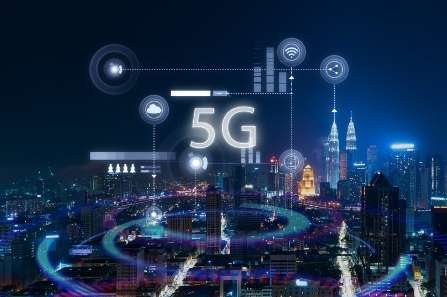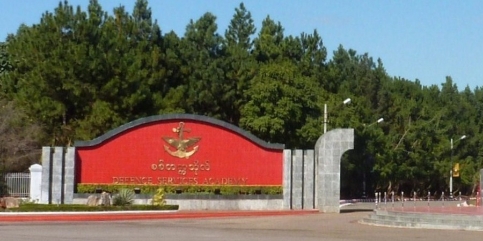
The access component of 5G refers to the part of the 5G network that facilitates the connection between end-user devices (such as smartphones, IoT devices, and other wireless equipment) and the core network.
The access network is crucial as it determines how effectively the end-users can access services, applications, and data over the network. Here are the key elements of the 5G access component:








New Radio (NR): The radio interface in 5G is known as New Radio (NR). It introduces new frequencies and improvements in radio technology, allowing for higher data rates, reduced latency, and increased capacity compared to previous generations (like 4G LTE).
Radio Access Network (RAN): The 5G Radio Access Network consists of base stations (gNodeBs) that connect to user devices and enable them to access the network. It supports various deployment scenarios, including macro cells, small cells, and distributed antenna systems (DAS) to enhance coverage and capacity.
Frequency Bands: 5G utilizes a wide range of frequency bands, including sub-6 GHz and millimeter-wave (mmWave) frequencies. Sub-6 GHz bands provide broader coverage and better penetration in buildings, while mmWave frequencies offer higher data rates over shorter distances but have limited penetration and range.
Massive MIMO: 5G networks often implement Massive MIMO (Multiple Input Multiple Output) technology, which uses a large number of antennas at the base station to serve multiple users simultaneously. This significantly increases throughput and improves spectral efficiency.
Network Slicing: 5G allows for network slicing, where multiple virtual networks can be created on a single physical infrastructure. This enables operators to customize the network for different services (such as IoT, augmented reality, etc.) and allocate resources dynamically based on demand.
Edge Computing: With the rise of applications requiring ultra-low latency (such as autonomous vehicles and real-time gaming), 5G networks incorporate edge computing. This means processing data closer to the end-user, reducing latency and improving response times.
Backhaul Connections: The backhaul is the connection between the RAN and the core network. In 5G, this can be achieved through various means, including fiber optics, microwave links, or even new millimeter-wave technologies to ensure high-capacity data transfer.
Integration with IoT: 5G is designed to support a massive number of connected devices, making it ideal for IoT applications. The access component includes features specifically aimed at enabling low-power and low-throughput devices to connect efficiently.
The access component of 5G is essential for delivering the high-performance and versatile connectivity expected from this next-generation network, enabling a wide array of applications across different industries.


Leave a Reply